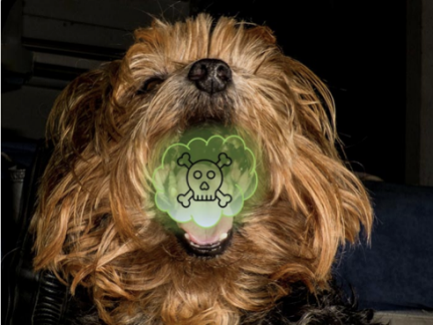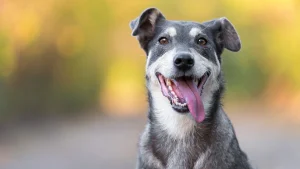In the dog's mouth lives a population of bacteria that can reach one thousand billion inhabitants, or over one hundred times the human population of the Earth.
Why does dog breath get bad?
It is harmful bacteria that cause bad breath, through the digestion of proteins present in food and saliva. This process releases volatile molecules, rich in sulphur, such as hydrogen sulphide, a gas with the characteristic smell of rotten eggs.
But these substances not only have an unpleasant effect on the dog's breath. Sulfur compounds also exert toxic effects on the gingival mucosa and the structures that support the teeth.
As time passes, their irritating action causes the appearance of gingivitis and periodontitis, painful inflammations that can lead to serious infections and tooth loss.
The appearance of bad breath should therefore never be taken lightly, as it often represents the first warning sign of very serious pathologies.





Comments